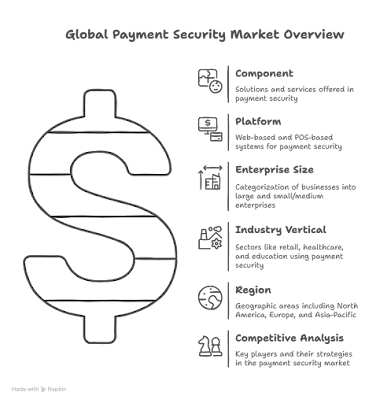In a giant area of global agriculture, there are uncertainties like storm clouds that threaten the livelihoods of farmers and the steadiness of our food supply. However, amid this volatile landscape, the agricultural insurance market is rising as a ray of hope.
Imagine a scenario wherein farmers will no longer be solely responsible for managing the traumatic conditions posed with the aid of uncertain weather conditions, crop failures, and unexpected market fluctuations. Visualize a support system consisting of data-based strategies and financial assistance prepared to help in difficult times.
Request Sample pdf copy@ https://www.alliedmarketresearch.com/request-sample/11979
Agricultural insurance is an innovative concept that uses risk transfer to ensure the security of our food system. This emerging sector is revolutionizing the way farmers adapt to the uncertain landscape of modern agriculture.
Advancement in the agricultural insurance industry:
Technological progress has greatly affected the agricultural insurance industry, which has resulted in improvements in many areas, such as risk evaluation, data analysis, and overall efficiency. Let's look at a few important advancements.
Utilizing remote sensing and satellite imagery:
Crop monitoring:
Satellite images and technologies capable of sensing things from a distance help insurers keep an eye on the health of crops, detect potential dangers, and determine how much damage has been done. It makes it easier for them to carry out an accurate assessment of risks and quickly deal with insurance claims.
Data Analysis and Predictive Modeling Techniques:
Risk assessment:
Advanced analytics and machine learning algorithms analyze a large amount of past and current data to evaluate risks with higher precision. It helps insurers to accurately determine policy prices and reduces the probability of fraudulent claims.
Predictive modeling:
Predictive modeling methodologies are capable of anticipating potential losses due to weather phenomena, diseases, or other factors. These techniques enable insurance companies to actively mitigate risks and offer enhanced coverage options.
Internet of Things (IoT):
Precision agriculture:
Sensors and drones are examples of Internet of Things (IoT) devices that collect information on soil conditions, weather patterns, and the health of crops. Insurers can benefit from this information to gain a thorough understanding of potential risks and effectively minimize them.
Artificial intelligence (AI) in crop disease identification:
AI-powered algorithms can analyze crop images to become aware of diseases, pests, or nutrient deficiencies. The ability to discover these issues at an early stage enables insurers to intrude unexpectedly and thus prevent significant losses in crops.
Mobile technologies:
Farmers can use mobile applications to promptly and successfully report losses, thus optimizing the process of filing claims. As a result, the interaction between farmers and insurance companies is reinforced, resulting in faster agreement of claims.
Digital platforms and Insurtech:
The distribution and management of agricultural insurance are revolutionized by digital platforms and Insurtech companies. The purchasing system is simplified through online platforms that provide instant quotes and enhance customer interaction.
To summarize, agricultural insurance plays a crucial role in ensuring food security and helping farmers cope with different risks. With the evolution of technology, data analytics, remote sensing, and IoT are being leveraged. These improvements will benefit both insurers and farmers in terms of risk evaluation, streamline processes, and enhance the resilience of the agricultural sector.





.jpg)




